 India and Russia launch their lunar missions almost parallelly with a single aim of soft landing on south pole of moon, but there are few key differences between these 2 missions
India and Russia launch their lunar missions almost parallelly with a single aim of soft landing on south pole of moon, but there are few key differences between these 2 missions
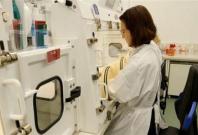 A team of scientists in UK is reportedly developing vaccine for Disease X that has been kept in the list of nine priority diseases by WHO.
A team of scientists in UK is reportedly developing vaccine for Disease X that has been kept in the list of nine priority diseases by WHO.
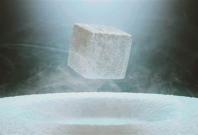 A new material known as LK-99, composed of lead and copper, is creating quite a buzz as it is touted as a potential room-temperature superconductor.
A new material known as LK-99, composed of lead and copper, is creating quite a buzz as it is touted as a potential room-temperature superconductor.
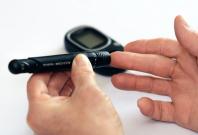 Kombucha is a tea fermented with bacteria and yeasts and was consumed as early as 200 BC in China.
Kombucha is a tea fermented with bacteria and yeasts and was consumed as early as 200 BC in China.
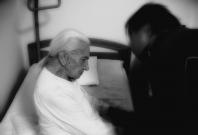 The study published in the online issue of Neurology, showed that the gene variant associated with this increased risk of Alzheimer's is called APOE e4.
The study published in the online issue of Neurology, showed that the gene variant associated with this increased risk of Alzheimer's is called APOE e4.
 More than 175 million people in the U.S. were under excessive heat warnings and advisories until at least Saturday afternoon.
More than 175 million people in the U.S. were under excessive heat warnings and advisories until at least Saturday afternoon.
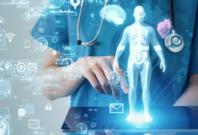 I see technology as a great equalizer. In healthcare, the IoT has the potential to level the playing field, offering high-quality care to those who might not have had access to it. There are challenges, certainly. But the opportunities far outweigh the risks.
I see technology as a great equalizer. In healthcare, the IoT has the potential to level the playing field, offering high-quality care to those who might not have had access to it. There are challenges, certainly. But the opportunities far outweigh the risks.
 Scientists say Russia is warming at least 2.5 times faster than the rest of the world, melting the long-frozen tundra that covers about 65% of the country's landmass.
Scientists say Russia is warming at least 2.5 times faster than the rest of the world, melting the long-frozen tundra that covers about 65% of the country's landmass.
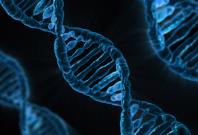 The path-breaking discovery was made by a team of scientists at Harvard Medical School and Massachusetts Institute of Technology (MIT).
The path-breaking discovery was made by a team of scientists at Harvard Medical School and Massachusetts Institute of Technology (MIT).
 The technology requires users to wear an electroencephalogram (EEG) headset, which is linked to a computer for analysis.
The technology requires users to wear an electroencephalogram (EEG) headset, which is linked to a computer for analysis.
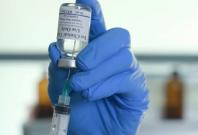 The fall came despite public campaigns warning of a possible blow to the health system from a spike in influenza, Covid-19, and respiratory syncytial virus (RSV) cases.
The fall came despite public campaigns warning of a possible blow to the health system from a spike in influenza, Covid-19, and respiratory syncytial virus (RSV) cases.
 Researchers have known that a lack of quality sleep can increase a person's risk of diabetes. What has remained a mystery, however, is why.
Researchers have known that a lack of quality sleep can increase a person's risk of diabetes. What has remained a mystery, however, is why.
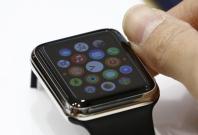 Parkinson's affects cells in the brain called dopaminergic neurons, located in an area of the brain known as the substantia nigra.
Parkinson's affects cells in the brain called dopaminergic neurons, located in an area of the brain known as the substantia nigra.
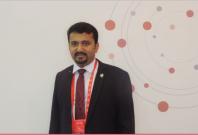 , Dr. Rajan exemplifies excellence in the field of cardiology and serves as an inspiration to aspiring cardiologists worldwide.
, Dr. Rajan exemplifies excellence in the field of cardiology and serves as an inspiration to aspiring cardiologists worldwide.
 The retrospective study found that among all new onset diabetes in youth, the relative proportion of Type-2 diabetes, in the first year after Covid was 24.8 per cent, in the second year was 18.9 per cent, and third was 32.1 per cent.
The retrospective study found that among all new onset diabetes in youth, the relative proportion of Type-2 diabetes, in the first year after Covid was 24.8 per cent, in the second year was 18.9 per cent, and third was 32.1 per cent.















